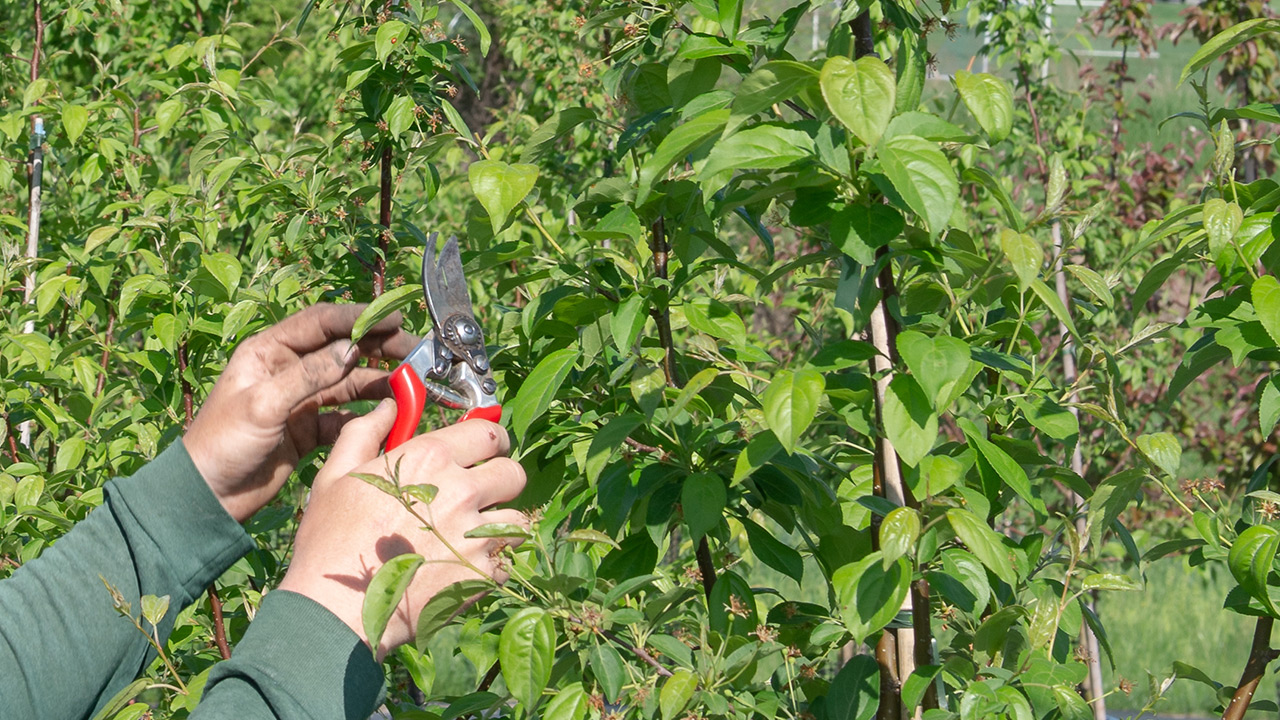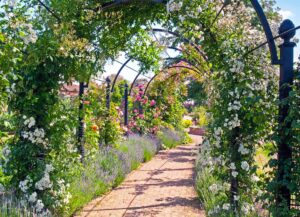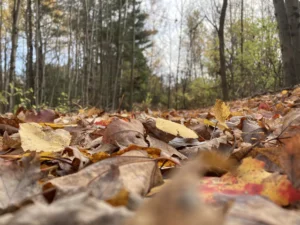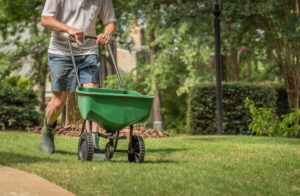Seasonal Pruning Guide for Shrubs and Trees
When it comes to maintaining a beautiful landscape, few practices are as important as proper pruning. Whether you’re a seasoned gardener or new to yard maintenance, understanding when and how to prune your trees and shrubs can make a significant difference in their health, appearance, and longevity. This comprehensive guide will walk you through seasonal pruning techniques, tools, and timing to help your landscape thrive year-round.
Why Proper Pruning Matters
Pruning isn’t just about aesthetics—though a well-pruned tree or shrub certainly enhances your property’s curb appeal. According to the USDA Forest Service, “proper pruning helps maintain plant health, removes damaged branches, encourages flowering and fruiting, and creates the desired shape.”
When done correctly, pruning:
- Removes dead or diseased branches that could spread infection
- Improves air circulation and sunlight penetration
- Stimulates new growth
- Controls size and shape
- Promotes stronger structure and reduces risk of storm damage
- Increases flowering and fruit production
- Rejuvenates older plants
However, improper pruning can create lasting damage, making your plants susceptible to disease, structural issues, and even premature death. This guide will help you avoid common mistakes and develop a seasonal approach to pruning that works with your plants’ natural growth cycles.
Essential Pruning Tools and Their Maintenance
Before diving into seasonal techniques, let’s ensure you’re equipped with the right tools for the job:

| Tool | Best Used For | Maintenance Tips |
|---|---|---|
| Hand Pruners | Branches up to ¾ inch in diameter; precision cuts | Clean after each use; sharpen blades regularly; oil moving parts |
| Loppers | Branches ¾-2 inches in diameter; harder-to-reach areas | Wipe blades clean; disinfect between plants; store in dry place |
| Pruning Saw | Branches over 2 inches in diameter | Clean teeth after use; sharpen as needed; keep blade protected |
| Hedge Shears | Formal hedges and topiary work | Sharpen blades annually; clean and oil after use |
| Pole Pruners | High branches without ladder use | Inspect rope and pulleys; keep blade sharp; store disassembled |
Tool Sanitation: A Critical Step
The University of Maryland Extension emphasizes that “disinfecting tools between plants or cuts can help prevent the spread of disease.” A simple solution of 70% isopropyl alcohol or a 10% bleach solution works effectively. Wipe or dip your tools between plants or when cutting diseased material.
Seasonal Pruning Calendar: When to Prune What
The timing of pruning is critical for plant health and development. Following a seasonal approach ensures you’re working with, rather than against, your plants’ natural cycles.
Winter Pruning (December-February)
Winter dormancy represents the ideal time for many major pruning tasks. With leaves gone, you can clearly see the structure of deciduous trees and shrubs.
Best Plants to Prune in Winter:
- Deciduous trees (oak, maple, elm)
- Fruit trees (apple, pear, peach)
- Summer-flowering shrubs (rose, butterfly bush, crape myrtle)
- Grapevines
- Hardwood ornamentals
Winter Pruning Benefits:
- Minimizes sap loss
- Reduces stress on plants
- Cuts heal quickly when spring growth begins
- Diseases and pests are less active
- Structural issues are more visible
Winter Pruning Techniques:
- Thinning cuts: Remove entire branches back to the trunk or main branch to improve air circulation and light penetration
- Structural pruning: Establish strong central leaders in young trees
- Renewal pruning: Remove oldest stems of shrubs to encourage new growth from the base
- Dormant pruning of fruit trees: Shape trees for maximum fruit production and easy harvesting
Winter Pruning Caution: Avoid pruning spring-flowering shrubs like azaleas, forsythias, and lilacs in winter, as you’ll remove flower buds for the coming season.
Spring Pruning (March-May)
Spring pruning focuses on cleanup and light shaping after winter damage becomes apparent and spring-flowering shrubs complete their blooming cycle.
Best Plants to Prune in Spring:
- Spring-flowering shrubs (after they bloom)
- Evergreens (light pruning only)
- Hedges (first shaping of the season)
- Trees that “bleed” heavily (birch, maple, walnut) should be pruned late spring
Spring Pruning Benefits:
- Allows you to enjoy spring flowers before pruning
- Gives plants full growing season to recover
- Allows assessment of winter damage
- Stimulates vigorous new growth
Spring Pruning Techniques:
- Post-bloom pruning: Trim spring-flowering shrubs immediately after flowering
- Light shaping: Maintain formal hedges with conservative trimming
- Pinching: Remove tips of new growth to encourage bushiness in perennials and certain shrubs
- Cleanup pruning: Remove winter-damaged branches once extent of injury is clear
Summer Pruning (June-August)
Summer pruning is more conservative and targeted, focusing on maintenance rather than major reshaping.
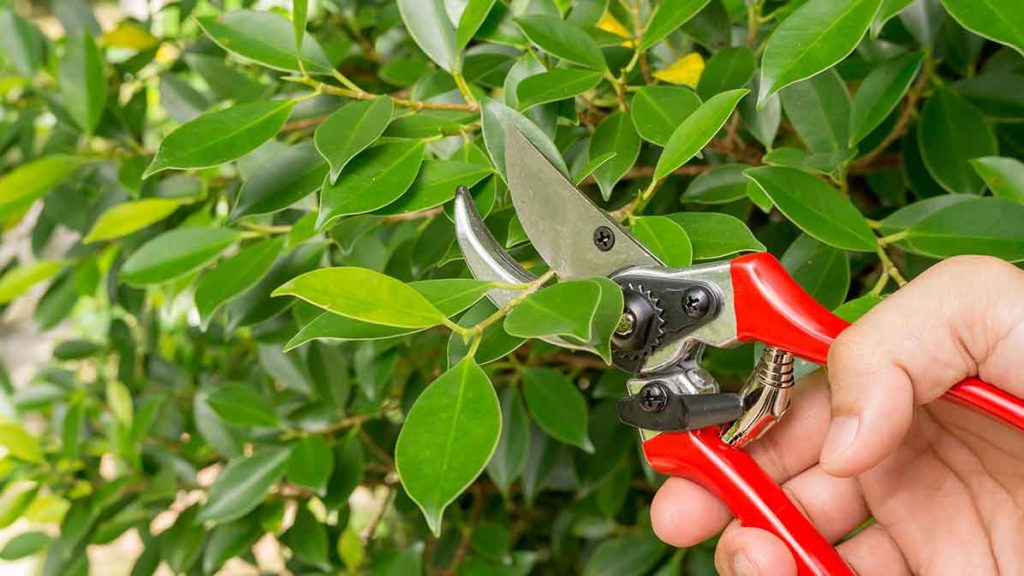
Best Plants to Prune in Summer:
- Hedges (maintenance trimming)
- Spring-flowering trees and shrubs (light pruning only)
- Evergreens (light shaping)
- Fruit trees (specialized summer pruning techniques)
- Problem branches that pose immediate hazards
Summer Pruning Benefits:
- Controls size without stimulating excessive new growth
- Directs energy to developing fruit rather than foliage on fruit trees
- Maintains formal shapes on hedges and topiaries
- Removes water sprouts and suckers
- Eliminates storm-damaged limbs promptly
Summer Pruning Techniques:
- Maintenance trimming: Light shaping of hedges and ornamentals
- Deadheading: Removing spent flowers to encourage reblooming
- Sucker removal: Eliminating unwanted shoots from the base of trees
- Thinning fruit: Removing some developing fruits to improve size and quality of remaining crop
- Espalier maintenance: Training branches of fruit trees against walls or trellises
Fall Pruning (September-November)
Fall pruning should be approached with caution, as it can stimulate new growth that may be damaged by winter temperatures.
Best Plants to Prune in Fall:
- Dead, damaged, or diseased limbs (anytime)
- Perennials for winter cleanup
- Roses (light pruning to prevent winter wind damage)
- Hazardous branches before winter storms
Fall Pruning Benefits:
- Removes potentially dangerous limbs before winter storms
- Cleans up landscape before winter
- Prepares certain perennials for winter dormancy
Fall Pruning Techniques:
- Hazard removal: Eliminate dangerous limbs
- Cleanup: Remove dead and diseased material
- Light shaping: Minor corrective cuts only
- Perennial cutback: Prepare herbaceous plants for winter
Fall Pruning Cautions: The University of Connecticut Extension warns that “fall pruning may stimulate late growth that cannot harden off before winter, potentially leading to cold damage.” For this reason, significant pruning is best left for the dormant season.
Special Pruning Considerations for Popular Landscape Plants
Pruning Flowering Shrubs
| Shrub Type | When to Prune | Pruning Technique | Special Considerations |
|---|---|---|---|
| Spring-flowering (lilac, forsythia, azalea) | Immediately after flowering | Thinning older stems; shaping | Develops next year’s flower buds in summer; avoid late pruning |
| Summer-flowering (hydrangea, rose of Sharon) | Late winter/early spring | Rejuvenation or selective thinning | Blooms on new wood; can be cut back hard if needed |
| Repeat-flowering (some roses) | Early spring and light deadheading | Removal of winter-damaged canes; deadheading | Responds well to regular deadheading throughout season |
| Evergreen (boxwood, holly) | Late winter or early summer | Light shearing for formal shapes; thinning for naturals | Avoid fall pruning which stimulates growth that won’t harden off |
| Fruit-bearing (blueberry) | Late winter dormancy | Remove oldest canes; thin for air circulation | Different techniques based on type of berry and growth habit |
Pruning Shade and Ornamental Trees
Different tree species have unique pruning requirements. Here are guidelines for some common landscape trees:
Oak Trees:
- Best pruned during dormant season (winter)
- Avoid pruning during oak wilt season in your region
- Focus on structural pruning when young
- Remove no more than 25% of live canopy in a season
Maple Trees:
- Prune in late spring to avoid excessive “bleeding”
- Young maples benefit from central leader training
- Remove crossing and rubbing branches
- Thin rather than top to maintain natural form
Flowering Cherry and Plum:
- Prune after flowering
- Remove suckers regularly
- Thin to improve air circulation
- Watch for and promptly remove any diseased branches
Crape Myrtle:
- Prune in late winter
- Avoid “crape murder” (excessive cutting back)
- Remove seed heads, crossing branches, and suckers
- Can tolerate heavy pruning if size control is needed
Advanced Pruning Techniques
As you become more comfortable with basic pruning, you may want to explore specialized techniques:
Pollarding
This technique involves cutting back the previous year’s growth to the same point annually, creating a knobby appearance. It’s commonly used for willows, mulberries, and some linden trees. Pollarding should begin when trees are young and continued consistently.
Coppicing
Coppicing involves cutting certain trees to ground level every few years, allowing multiple new stems to regrow from the stump. This traditional method works well with hazel, willow, and dogwood, producing straight stems useful for crafts and showing off colorful bark.
Espalier
Espalier is the art of training trees to grow flat against a wall or trellis, often in formal patterns. Fruit trees like apples and pears are commonly espaliered, saving space while creating an ornamental feature. This requires regular summer pruning to maintain the desired form.
Crown Reduction
For mature trees that have grown too large for their space, crown reduction involves carefully reducing the height and spread without damaging the tree’s structure. This should only be performed by certified arborists, as improper crown reduction can severely damage trees.
When to Call a Professional
While many pruning tasks are suitable for homeowners, certain situations call for professional arborists:
- Large trees where pruning requires climbing or heavy equipment
- Trees near power lines (always contact your utility company)
- Extensive storm damage repair
- Signs of serious disease or pest infestation
- Heritage or specimen trees requiring specialized care
- Any situation where safety is a concern
The International Society of Arboriculture (ISA) recommends hiring only certified arborists for significant tree work. You can find qualified professionals through their database of certified arborists.
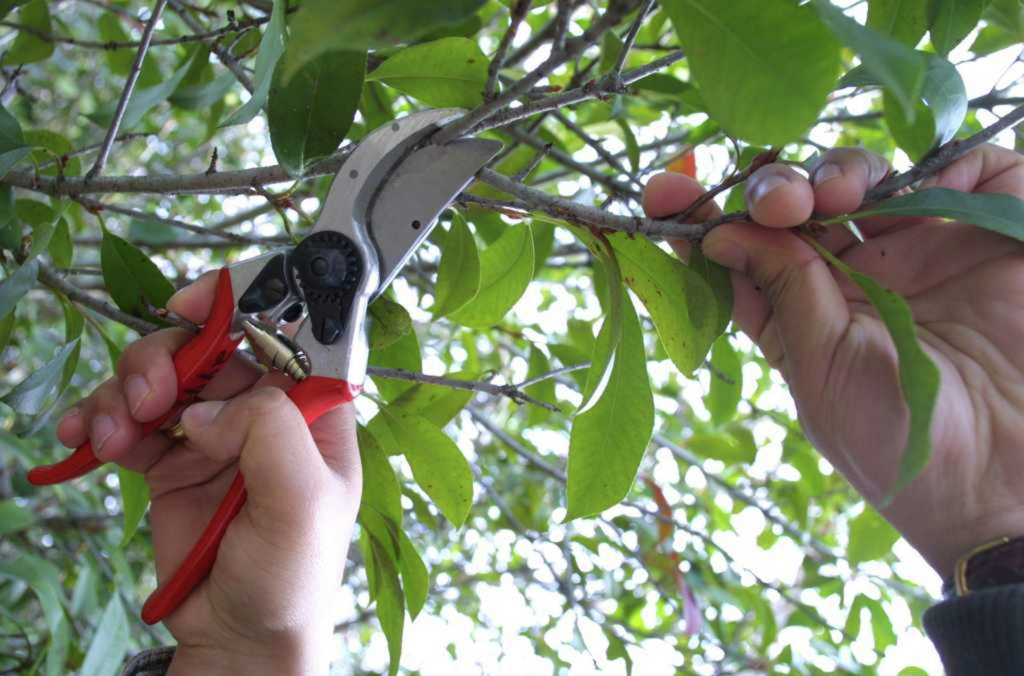
Common Pruning Mistakes to Avoid
Even well-intentioned pruning can damage plants when common errors occur:
- Topping trees: Cutting back the main branches to stubs, which leads to weak regrowth and potential decay
- Flush cuts: Cutting branches too close to the trunk, removing the branch collar which facilitates healing
- Leaving stubs: Cutting branches too long, which prevents proper healing and invites disease
- Over-pruning: Removing more than 25-30% of a plant’s canopy in one season
- Poor timing: Pruning at the wrong time for specific plant needs
- Improper tools: Using dull or inappropriate tools that crush rather than cleanly cut
- Lack of sanitation: Failing to clean tools between plants, potentially spreading disease
Sustainable Pruning Practices
Modern landscaping emphasizes sustainability, even in pruning practices:
- Chipping pruned material for mulch, returning organic matter to your landscape
- Creating brush piles from larger branches to provide wildlife habitat
- Composting smaller clippings (avoiding diseased material)
- Practicing proper timing to reduce plant stress and water needs
- Pruning for natural form rather than formal shapes that require frequent maintenance
- Selecting appropriate plants for your space to minimize the need for constant size control
The Environmental Protection Agency (EPA) notes that “yard trimmings make up approximately 13% of America’s municipal solid waste.” By reusing your pruned material onsite, you reduce waste while improving your soil.
Seasonal Pruning and Climate Change Considerations
As climate patterns shift across the US, traditional pruning calendars may need adjustment. Consider these adaptations:
- Monitor plant development rather than strictly following calendar dates
- Prune cautiously during extended fall warmth, as plants may initiate new growth that can’t harden off
- Be prepared for increased storm damage requiring emergency pruning
- Watch for new pest and disease issues that may require prompt removal of affected parts
- Consider drought stress when planning pruning intensity (stressed plants require gentler treatment)
Conclusion: Developing Your Pruning Expertise
Becoming proficient at pruning is a journey that develops over seasons of practice. Begin conservatively, observe results, and gradually build confidence with more complex techniques. Your trees and shrubs will reward your efforts with improved health, structure, and beauty.
Remember that proper pruning works with a plant’s natural growth habit rather than fighting against it. The most successful pruning often looks as though nothing was done at all—simply a beautiful, healthy plant growing in its best possible form.
By following the seasonal guidelines in this article and respecting the unique needs of different plant species, you’ll develop the skills needed to maintain a thriving landscape throughout the year. Your pruning practices will not only enhance your property’s appearance but also contribute to the long-term health of your garden ecosystem.
For more detailed information specific to your region, contact your local extension office through the USDA’s National Institute of Food and Agriculture or visit the USDA Plant Hardiness Zone Map to understand how your climate affects pruning timing and techniques.
